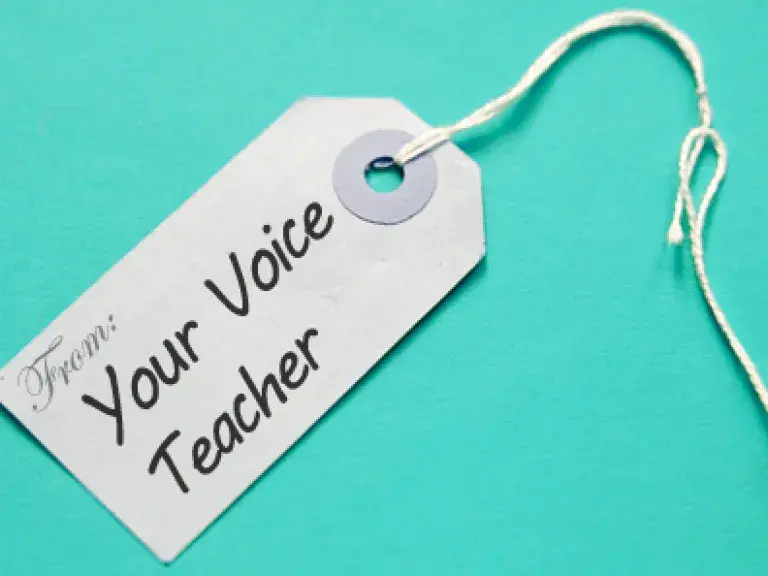
Recently I have been discovering, or rediscovering, the upper register of my voice, which I feared might be forever AWOL. My voice teacher Shauna Fallihee has taught me a number of exercises designed to help me strip away the extraneous activity that gets in the way of an open airway. Here are some warmups that helped me sing more clearly and access my higher singing space. Give them a try, especially when you have only a few minutes before rehearsal and the high As are awaiting you!
Find the Resonance Space
Starting on an A above middle C, hum on an "ng"sliding down the 5th to C. Do the same pattern, with the starting note progressing up by half steps. Then switch the pattern, sliding up the 5th. Open up the top. Starting on A again, sing ya, ya, ya, ya, ya down the scale to the 5th. Progress up by half steps. Keep the face and lips as neutral as possible. Use the tongue to articulate the ya, rather than the mouth. Spend very little time on the "y,"getting right to the "ah". If you feel your jaw moving a lot, hold your hands barely touching your cheeks as a reminder to relax.
Switch to oh-ee-oh-ee-oh with the same exercise.
"Getting rid of extraneous activity helps us find that resonating channel," Fallihee says. "When we try add in additional movement that is unrelated to singing, that's when we run into trouble. Our jaw's trying to help. Our tongue's trying to help. We are trying to do the thing, when really it will do itself."
Activate the Tongue
Sing la, la, la, la, leh, leh, leh, leh, lee, lee, lee, lee, lo, lo, lo, lo, lu, lu, lu, lu on the same pattern as above, changing the vowel on each note down the 5th. It's easy for the tongue to get hung up on the "l". Think about the vowel shape you are creating and make those shapes, and let the tongue take care of itself.
The more committed you are to the vowel shape, the more open space you will have in the back and you will feel more openness in your throat. That means that the front wall of your throat, which is your tongue is more released and you will not be interfering with your airway.
Now try singing clay, clay, clay, clay, clay on a 1-3-5 pattern moving up. Sing as legato as possible but really articulate the "cl". As you move up, switch to "claw" sound, making the "ah" tall. "Remember this is not a jaw activity," Fallihee says. "It is totally tongue, totally air. Use breath to propel the 'cl'."
Switch to glaw, glaw, glaw, glaw, glaw, starting on the 5th and moving down to 1, progressing up by half steps.
"These exercises are about flexibility at the base of the tongue—using it for articulation and getting away from using it as any kind of auxiliary support which we don't want."
What gifts has your voice teacher given you over the past year?
Image remixed from
gift tag (christmasstockimages.com) / CC BY 3.0

